Tricky year ahead for property market
 |
|
Will sinking money into the property sector be dangerous for investors’ health this year? |
According to the latest survey released by the Association of Foreign Investors in Real Estate (AFIRE), Vietnam ranked the fourth most attractive emerging market for real estate investment in 2011 behind China, India and Brazil.
But experts in Vietnam have expressed concerns about the prosperity of the market in the context of uncertainty over inflation, the devaluation of the Vietnamese dong and an oversupply of every property segment.
DTZ Debenham Tie Leung Vietnam general director K. P. Singh said economic uncertainty in Vietnam would continue to have a negative impact on the property market in 2011.
“Although the government’s gross domestic product (GDP) target of 6.5 per cent was exceeded in 2010, concerns still remain over the continued high inflation rate, interest rate and devaluation of the dong,” Singh told VIR.
Le Xuan Nghia, vice chairman of National Financial Supervisory Commission, agreed and warned that 2011 was not a good year for investors who have used their loans investing in real estate, because of fluctuating interest rates. “They must be very careful because they may not be able to afford the high interest rates when their production cannot be sold ,” Nghia said.
CBRE Vietnam managing director Marc Townsend was more direct, saying that investing in real estate in 2011 would be dangerous for investors’ health.
Financial concerns bite
According to the General Statistic Office, the consumer price index (CPI) for December, 2010 increased 1.98 per cent against November 2010. In the 12 months to last December inflation ran at 11.75 per cent, despite single digit estimates.
Researchers estimate that inflation could reach double digits in 2011.
Inflation was rising and no one could say if it would drop anytime soon, Townsend said.
He said the inflation would lead to a rise in the cost of materials and labour costs as well as in the prices of real estate production.
The costs of materials used in construction and real estate have been rising continually. The price of rebar steel in Vietnam increased from VND12,075 in December 2009 to VND15,364 per kilogram in December 2010. The cement price increased from VND930 to VND950 per kilogramme over the same period.
Regarding interest rates, Hoang Anh Gia Lai Group chairman Doan Nguyen Duc was quoted in a local newspaper saying that real estate enterprises would find the going more difficult this year with many lacking capital and facing high interest rates.
“The annual lending interest rate of 14 per cent has not only caused difficulties for investors, but also for customers when they borrow from banks,” Duc said.
Naim Khan-Turk, director of research at Ho Chi Minh City-based Colliers International, said the current high interest rates were hindering the residential market both on the development and sales sides, as it was not cost effective to borrow.
“Until inflation is controlled, interest rates will remain high. Until interest rates come down, there will be few potential buyers taking out loans and the market may remain relatively stagnant,” Khan-Turk said.
Since November 2010 deposit interest rates have been quoted at around 12-14 per cent per year, pushing credit interest rates to around 17-19 per cent a year for the time being as impact of the country’s tightening monetary policies, preventing customers from accessing banking loans due to high interest rates.
According to the Global Property Guide, a global real estate website, a weak dong could hit Vietnam’s real estate market in 2011.
“The falling US dollar reserves and the weakening Vietnamese dong due to high inflation must be a concern,” the report said.
“The currency is depreciating and as it falls further, more people want to convert their money into dollars or gold. This has serious repercussions for the housing market, because most real estate transactions are quoted and concluded in US dollars,” it further explained.
Oversupply of different segments
The real estate market in 2011 will be threatened with oversupply of apartment, office and tourism properties.
Indochina Land chief executive officer Peter Ryder said that there would be considerable amount of new supply in the high-end residential sector.
That was why Indochina Land would move a part of its investment this year into mid-end residential properties and retail developments while taking a cautious approach to building more tourism properties and high-end residences.
“The tourism property market has seen many more projects launching sales recently, which discouraged us from investing more in this particular sector,” he said.
He added there were vast opportunities for mid-end housing development as a result of the country’s positive economic growth, compelling demographics and rapid urbanisation.
According to CBRE, competition in the apartment and office sectors would be getting stiffer this year as supply of these sectors grew quickly.
In 2010, high-end and luxury products underperformed. For the first time, the market saw sales incentives, relaunches and developer expansion of distribution channels.
Meanwhile in the second home market, according to CBRE, after only five years developing, to the end of 2010, Vietnam has 55 second home projects throughout the country, supplying totally of more than 5,300 villas and 6,600 condos. More than half of this properties located in the central provinces.
The above figures could be compared to Thailand, a country in which the second home market had been developed for almost 20 years, it is now home for the same figures of Vietnam.
A red hot market led to the Ministry of Planning and Investment in 2010 requiring local authorities to review and update the process of all licenced projects, to avoid overloading.
The oversupply is also seen in the office for lease market. According to Savills Vietnam, from about 70,000 square metres in 2007, Hanoi now has more than 740,000sqm of office for lease. In the next four years, approximately 1.5 million square metres of office space from approximately 125 projects is planned to enter the market. In 2011, the total new office supply may equal half of the current supply, Savills reported.
What the stars mean:
★ Poor ★ ★ Promising ★★★ Good ★★★★ Very good ★★★★★ Exceptional
Related Contents
Latest News
More News
- Nishi Nippon Railroad buys 25 per cent stake in HCMC urban area project (June 19, 2024 | 20:17)
- Real estate sector enticing newcomers (June 19, 2024 | 20:06)
- Apartment rental prices on the rise in country’s largest city (June 18, 2024 | 17:00)
- No plain sailing for eco-IP conversion (June 17, 2024 | 11:23)
- Foreign developers account for three-quarters of Vietnam's warehousing (June 14, 2024 | 14:35)
- Vietnam boasts strong status for data centre progress (June 13, 2024 | 14:00)
- Prospects heightened for data centre development (June 13, 2024 | 12:16)
- Sojitz to develop green IPs in Dong Nai (June 12, 2024 | 17:43)
- Solutions to promote sustainable livelihoods in Mekong sub-region (June 11, 2024 | 14:51)
- Real estate still beguiling investors (June 10, 2024 | 10:17)

 Tag:
Tag: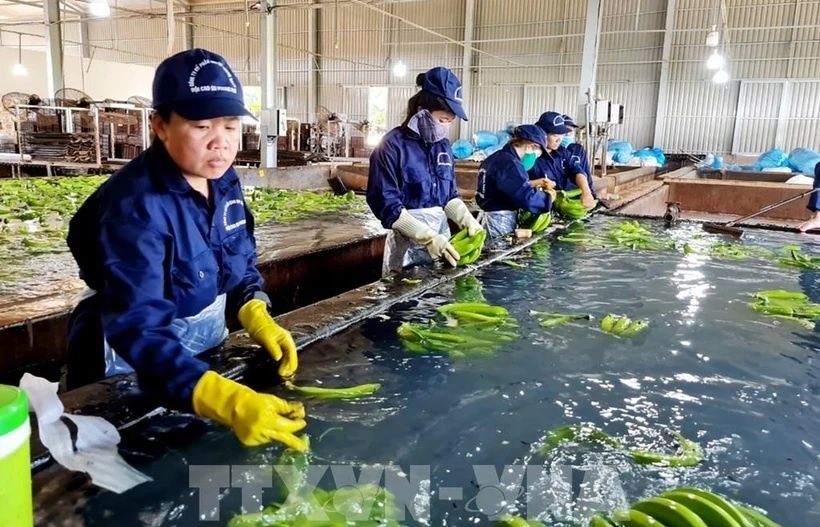

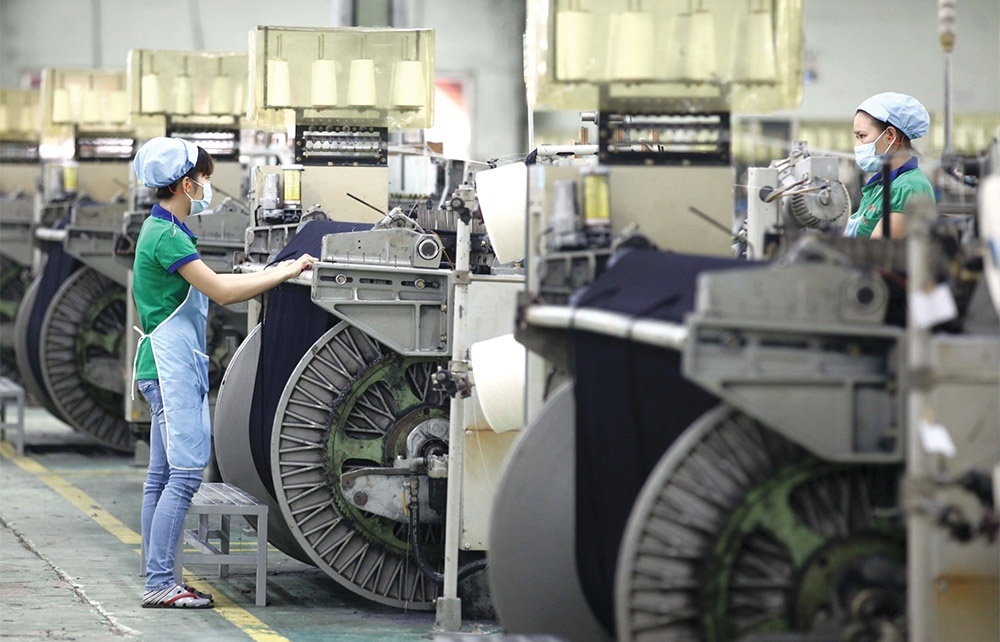


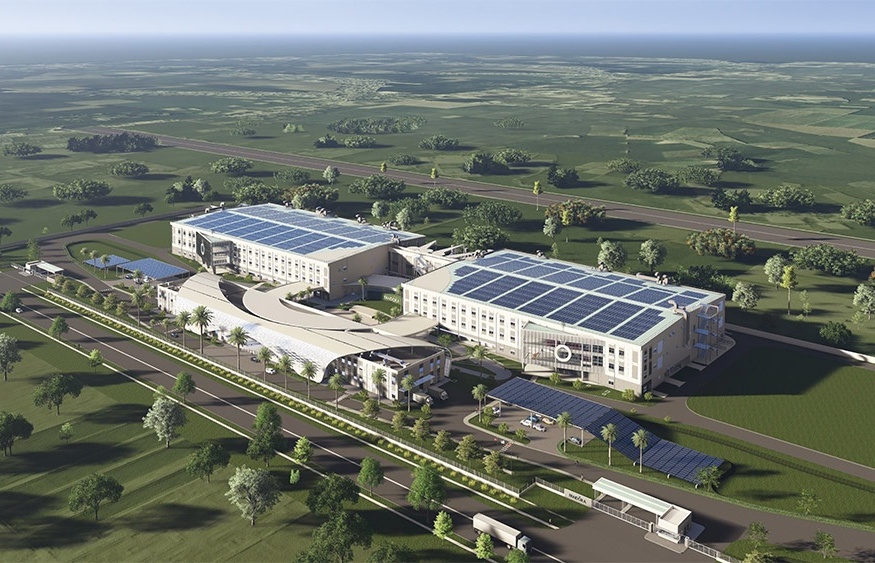
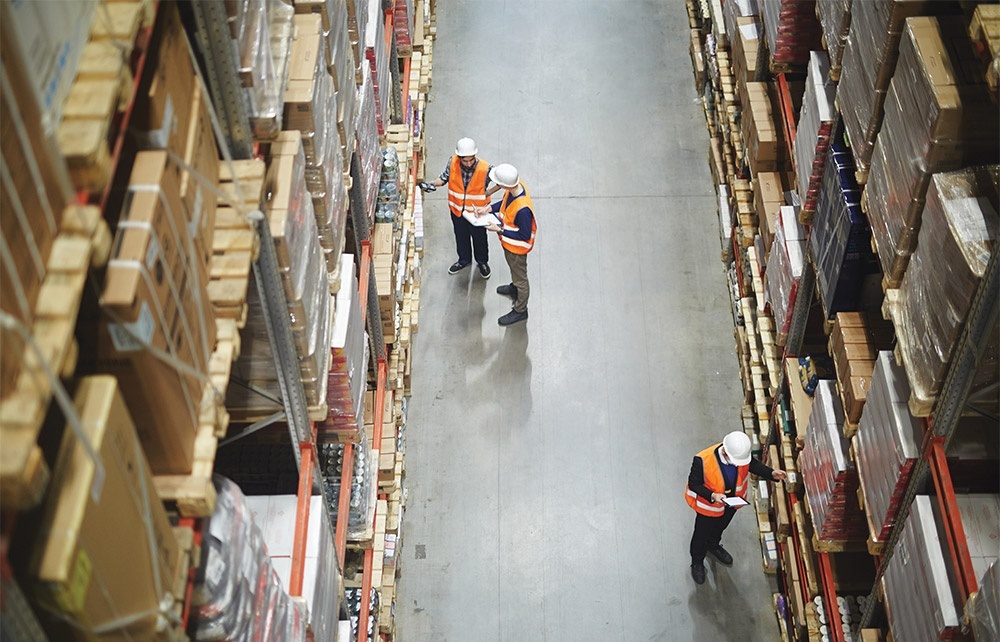
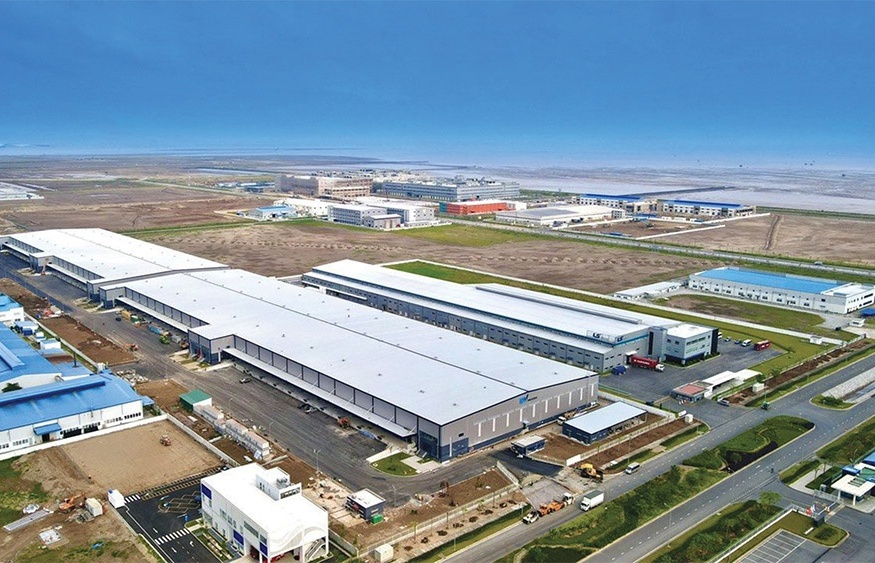









 Mobile Version
Mobile Version